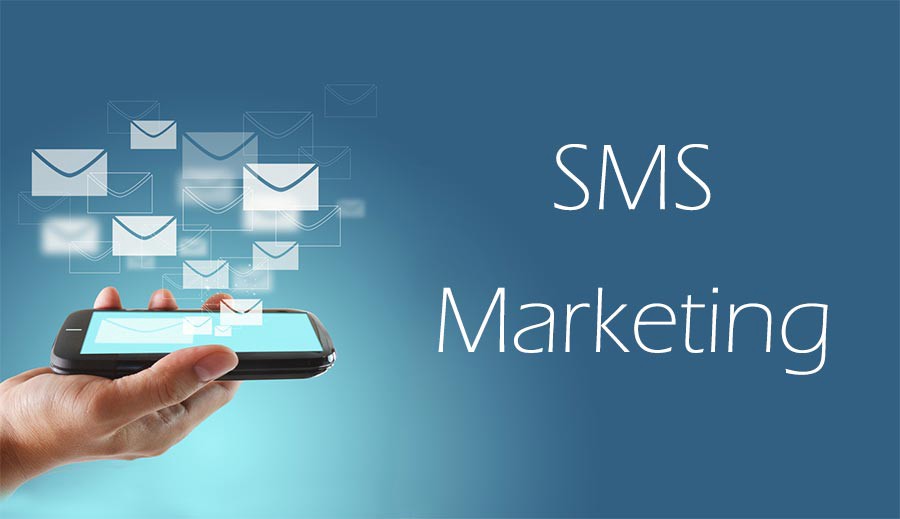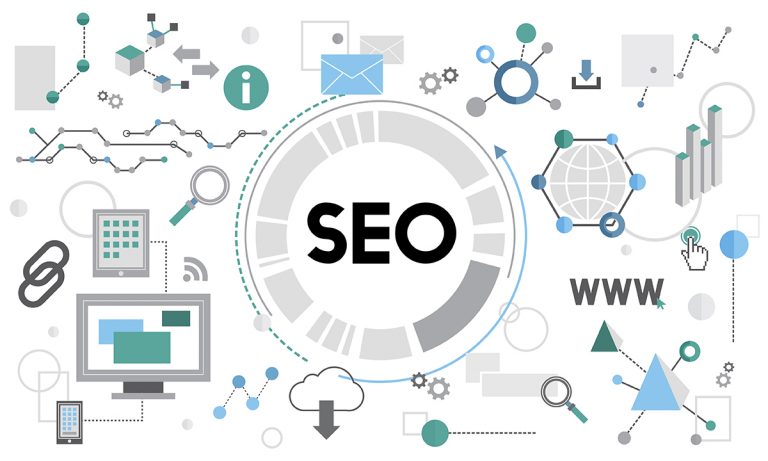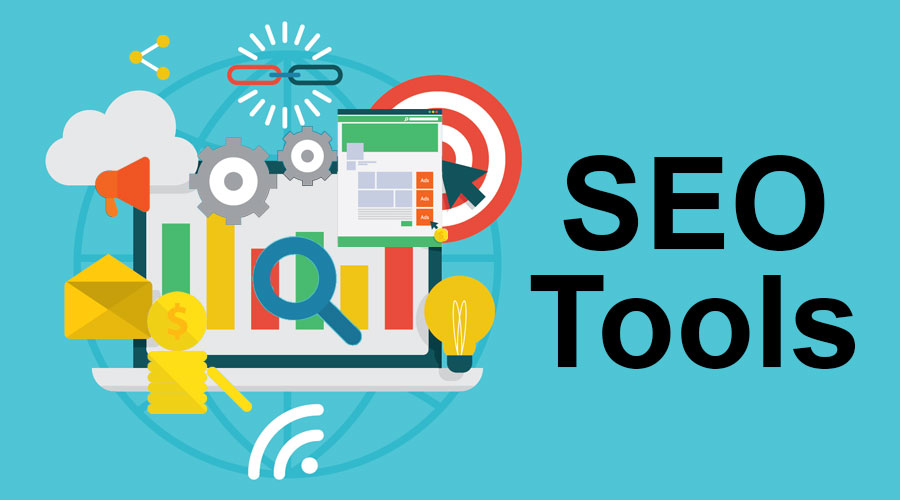Do you want to create a mobile app for your business? Have you created an app but are having trouble engaging users? You are not alone. Businesses have noticed the rise of over 7 billion mobile users worldwide.
Currently, the average person spends 3 hours 40 minutes per day using apps. These apps allow shoppers to read content, contact businesses, and buy products.
Apps can generate new sales and leads if used properly. Converting site visitors into app users isn’t easy. So today we’re going to share 5 ways to increase mobile app engagement.
- Performance and Usability First
- Incentivize with Rewards
- Create a Simple Onboarding Plan
- Promote Other Marketing Channel Signups
- Offering of In-App Customer Support
Performance and Usability First
Offers, features, and content can entice users to download your app, but performance and usability will determine how long they use it. Imagine downloading a brand’s app only to find it clunky and slow on your device.
If you’re like most people, you’d uninstall and reconsider engaging with the brand. You never want your customers to feel unable to use your application and must uninstall it to find a competitor with a working system.
You should test your app extensively during development and after launch. It is recommended that you test on both low-end and high-end devices to avoid excluding certain segments of your audience based on smartphone model.
After the preliminary tests, you should use Google’s Firebase Test Lab. This free tool lets you test your app’s performance and usability on a variety of real iOS and Android devices.
Incentivize with Rewards
Is it true that you’ve bought something from a company because they gave you a reward or prize for simply interacting with their Like most people, your answer is yes. Customers expect their favorite brands to reward their loyalty, including through mobile apps.
Set up a loyalty program that rewards users with personalized content and offers based on previous purchases or activity. You can even ask your audience to turn on push notifications in your app. This type of segmented alert gets 1.3x more clicks than a standard blast alert.
Regarding activity, you can send your audience promotions based on their app usage. Encouraging further interactions with someone who spends time reading blog posts about a specific product or pain point is one example.
You can also reach out to users who have downloaded your app but haven’t opened it in a certain time frame. As an example, if someone downloaded your app but didn’t open it for 60 days, you could send them an alert to re-engage them.
Create a Simple Onboarding Plan
Despite your efforts, many first-time users will abandon your application within minutes. By creating an intuitive onboarding program, you can reduce the number of people abandoning your app.
Onboarding is the process users go through to become familiar with your program’s features and functions.
We’ve all downloaded an app only to be confused by unclear instructions. This can lead to a bad user experience and a high uninstall rate. The good news is that there are several ways to make onboarding more engaging.
Include a tutorial when new users first open your app. You’ll want to cover all aspects of your program so new users feel confident using it.
Send a welcome email to everyone who downloads your app for the first time. Quickly contacting new subscribers increases their likelihood of returning to your site. Waiting too long can cause visitors to forget about your brand, affecting future engagement opportunities.
Promote Other Marketing Channel Signups
Initial signups are one of the most difficult aspects of igniting app engagement. Find your target audience and persuade them to use your app.
Your app should be promoted first on your website. Create a unique landing page and personalized pop-ups that explain to users what they stand to gain by downloading your program from their preferred storefront.
Social media is also a great way to reach your target market. Nearly 4 billion people use social media, with 59% of shoppers using it for shopping inspiration. Create dynamic ads and social posts that explain your app’s benefits to increase engagement.
Facebook, Twitter, and Instagram are popular download platforms. Notably, Facebook has the most potential, as it can reach over 2 billion people.
Reach out to your email subscribers to encourage more signups. Your lead list has already expressed interest in your brand and is willing to interact with you on other platforms. Personalized emails that explain how your app will benefit each user can increase conversions and in-app interactions.
Offering of In-App Customer Support
Finally, offering in-app customer support can increase app engagement. Today’s consumers have high expectations of businesses in all industries. Omnichannel support is one example. People want to know they can contact you via your website, social media profiles, or mobile app.
This type of customer service system is best implemented with a mix of live chat agents and chatbots. Create chatbots to answer simple questions and concerns. Chatbots can help users change passwords, provide resources, and answer basic questions.
Your live chat team is in charge of assisting users with more complex issues. Using this system ensures that your customers’ expectations are met, regardless of their reason for contacting you.
Finally, make sure users can easily contact your support team in-app. If they have to leave to find directions, they are unlikely to contact your team again.
In Conclusion
As you can see, there are many factors to consider when trying to increase mobile app engagement. These pointers will help you develop a strong mobile marketing strategy. Keep an eye on your analytics and feedback to fine-tune your app over time.






